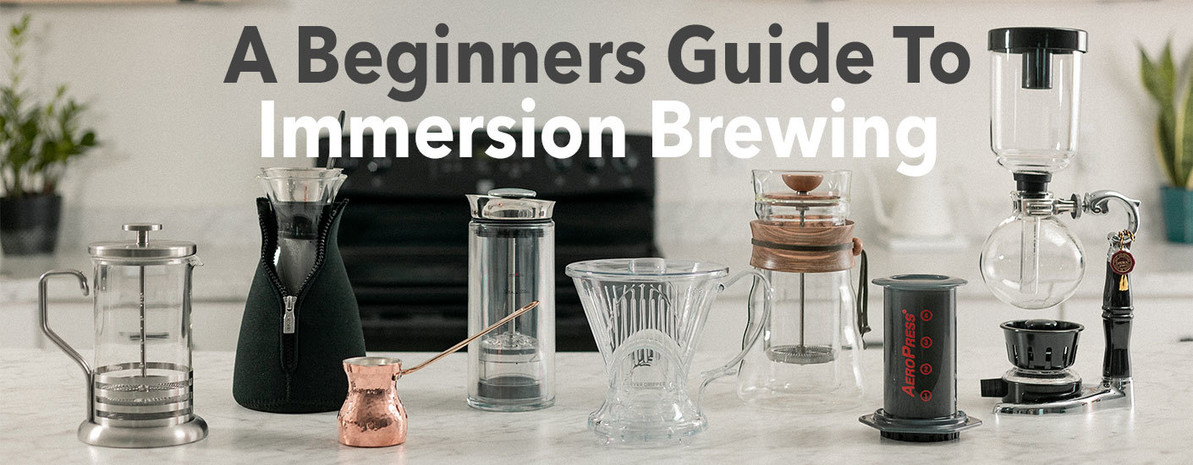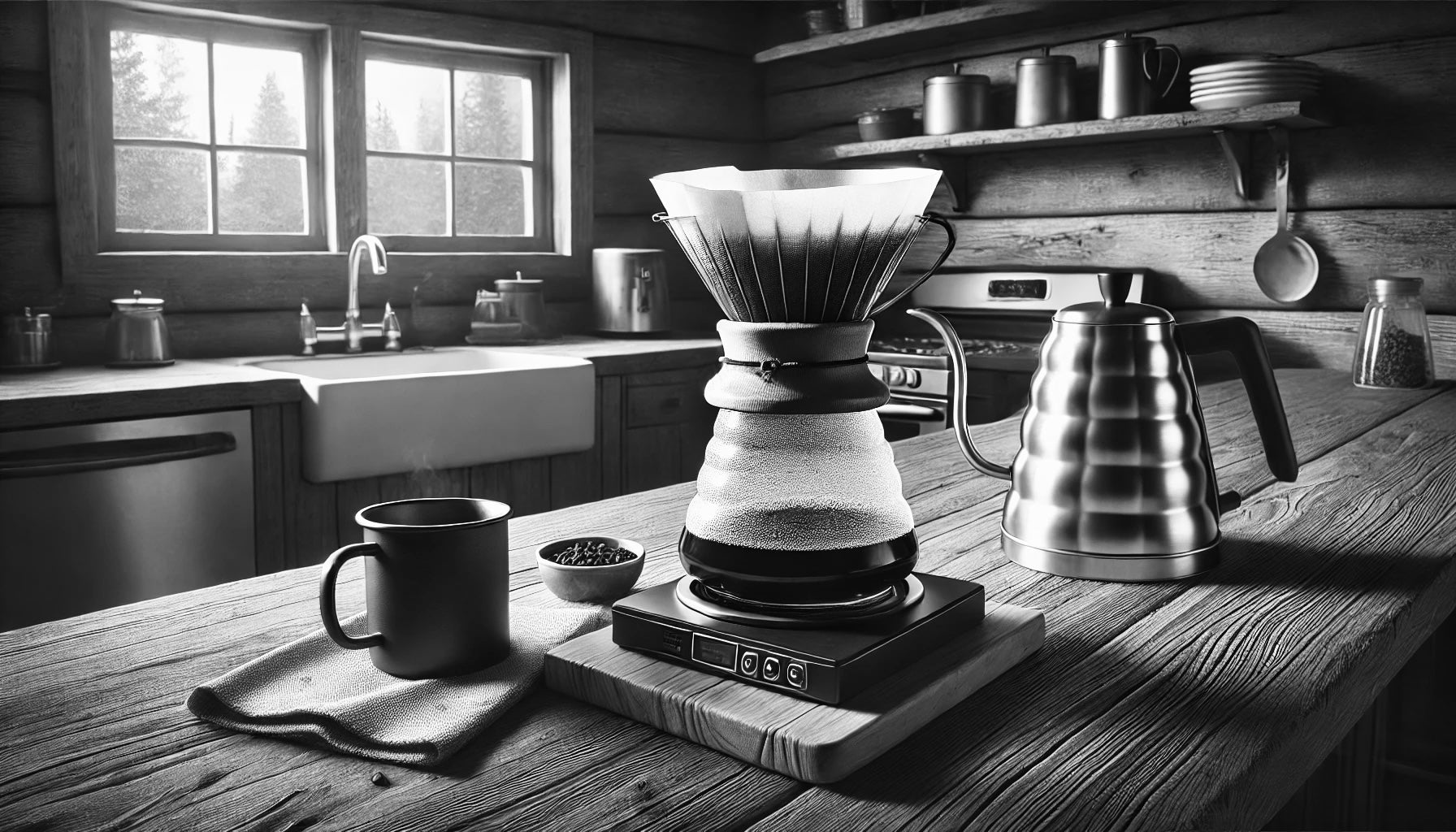Mastering Coffee Brewing Methods: Vital Techniques for each Coffee Lover
Wiki Article
Discovering the Art of Coffee Developing: A Comprehensive Overview to Improving Your Cup
The art of coffee brewing is a multifaceted discipline that merges science with individual expression, where the selection of beans, water top quality, and developing techniques merge to produce a refined sensory experience. Understanding the subtleties of numerous coffee beans, especially the differences between Arabica and Robusta, is important for any type of fanatic. The option of proper tools and thorough attention to brewing criteria can substantially influence the final end result. As we discover these elements, one must consider just how even small modifications can bring about profound modifications in taste and fragrance-- what might these adjustments reveal about your perfect cup?Understanding Coffee Beans
To genuinely appreciate the art of coffee developing, one must initially understand the foundational component: coffee beans. These tiny seeds, typically obtained from the Coffea plant, are vital in figuring out the flavor account, scent, and general high quality of the brewed beverage. Coffee beans mainly fall under two groups: Arabica and Robusta. Arabica beans, known for their fragile flavors and greater level of acidity, are frequently preferred by aficionados. On the other hand, Robusta beans have a more powerful, more bitter taste and higher high levels of caffeine web content, making them suitable for coffee blends.
Additionally, the handling approach-- whether cleaned, natural, or honey-- influences the beans' last taste. Recognizing these components enables brewers to choose the appropriate beans that line up with their liked taste account, inevitably boosting the coffee brewing experience. coffee brewing methods. This comprehension is essential for anybody aiming to master the craft of making the best mug of coffee
Brewing Methods Explained
Numerous enthusiasts locate that the selection of developing method substantially impacts the final flavor and aroma of their coffee. Each approach uses various removal strategies, influencing the coffee's character and splendor.Drip developing, one of the most preferred approaches, utilizes a maker to drip hot water via ground coffee, creating a tidy and constant mug. French press, on the other hand, submerses coffee premises in hot water, permitting for a fuller body and even more durable flavor, as oils and fine fragments continue to be in the brew.
Pour-over brewing supplies a meticulous method, where water is by hand put over coffee premises, enabling for accurate control over extraction time and temperature level, resulting in a intense and nuanced cup.
Coffee, a concentrated coffee made under pressure, is understood for its strong taste and creamy texture, serving as the base for numerous coffee drinks, including lattes and coffees.
Vital Tools Required
What equipment is vital for making a fantastic mug of coffee? The foundation of any successful coffee developing process hinges on quality equipment customized to your preferred method. Firstly, a trustworthy coffee grinder is crucial; freshly ground beans dramatically improve flavor and scent. Decide for a burr grinder, which makes certain uniform bit dimension, important for ideal extraction.Following, consider your brewing device. Choices range from drip coffee makers and pour-over configurations to French presses and coffee makers. Each technique provides unique taste accounts and brewing techniques, so select one that aligns with click here now your taste preferences.
An accurate range is likewise vital, permitting you to determine coffee and water properly, which is essential for consistency. In addition, a thermostat can help check water temperature level, as it straight affects extraction top quality.
Mastering Water Quality
The high quality of water used in developing coffee plays a substantial role in establishing the final taste profile of the mug. Numerous aspects add to water top quality, including mineral web content, pH level, and general purity. Preferably, water needs to be without impurities and pollutants, as these can adversely affect the taste of coffee.
Minerals, such as calcium and magnesium, enhance the extraction of flavors from the coffee premises, while preserving a balanced pH level-- around 6.5 to next 7.5-- is essential for optimum removal. Water that is as well soft might lead to under-extraction, leading to sour or weak flavors, while extremely difficult water can generate a bitter or rough mug.
For the ideal results, filtered water is advised, as it reduces the existence of chlorine and other undesirable materials often discovered in tap water. In addition, take into consideration utilizing water with a Complete Dissolved Solids (TDS) level in between 150-200 ppm, which is typically suitable for coffee developing. By grasping water high quality, you can lay a strong foundation for achieving a regularly outstanding cup of coffee, permitting the distinct attributes of your picked beans to radiate through.

Tips for Flavor Improvement
Enhancing the flavor of your coffee can considerably elevate your developing experience and draw out the unique nuances of your selected beans. To attain this, take into consideration a number of crucial elements that affect taste.To start with, the grind size plays a vital role. A finer work boosts removal, resulting in bolder tastes, while a coarser work yields a milder mug. coffee brewing methods. Change your grind according to your developing approach to achieve optimal results
Secondly, trying out mixture time. Over-extraction can result in anger, while under-extraction lead to a sour preference. Goal for a brew time that balances these extremes, usually between 2 to four minutes, relying on your approach.
Additionally, temperature is a crucial component. Developing with water that is too hot can swelter the coffee, while water that is as well awesome might fall short to extract sufficient flavor. The excellent temperature why not try these out level array is 195 ° F to 205 ° F(90 ° C to 96 ° C)
Conclusion) )))) To conclude, the art of coffee developing is a complex practice that requires a deep understanding of numerous aspects, including bean choice, brewing methods, and water top quality. Proficiency of crucial tools and focus to information in work dimension, brew time, and temperature are essential for achieving optimum removal. By integrating these elements, coffee fanatics can elevate their developing strategies, causing a mug that not only satisfies individual preferences but also showcases the rich intricacy of coffee tastes.
The art of coffee brewing is a multifaceted technique that combines scientific research with personal expression, where the option of beans, water quality, and developing methods assemble to develop a refined sensory experience.To truly appreciate the art of coffee brewing, one should initially recognize the fundamental component: coffee beans. Developing with water that is too warm can burn the coffee, while water that is as well awesome might fall short to remove sufficient taste. In final thought, the art of coffee brewing is a diverse technique that requires a deep understanding of numerous elements, including bean selection, brewing techniques, and water high quality. By incorporating these parts, coffee fanatics can boost their developing methods, resulting in a mug that not only pleases individual choices however likewise showcases the rich complexity of coffee flavors.Report this wiki page